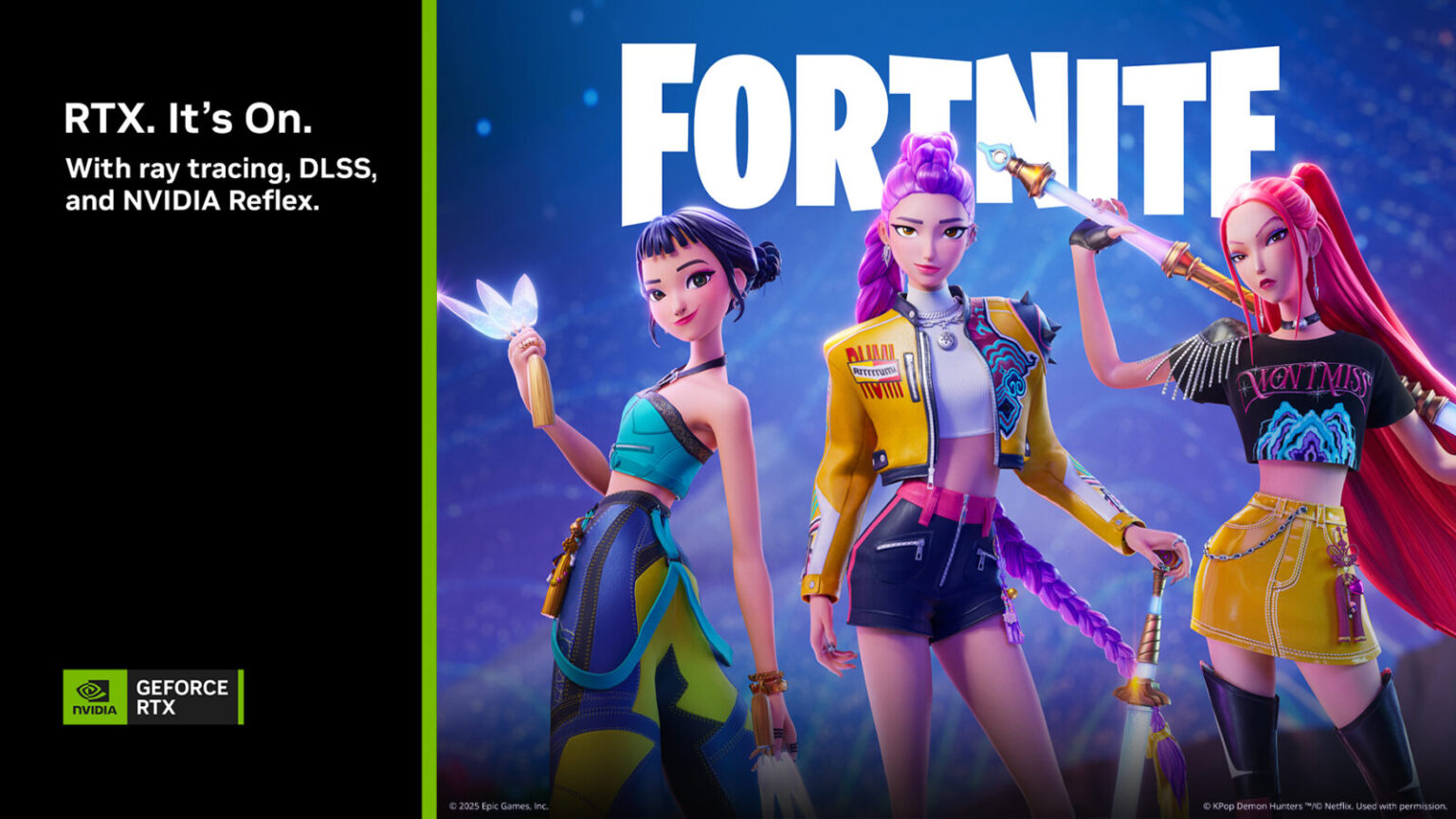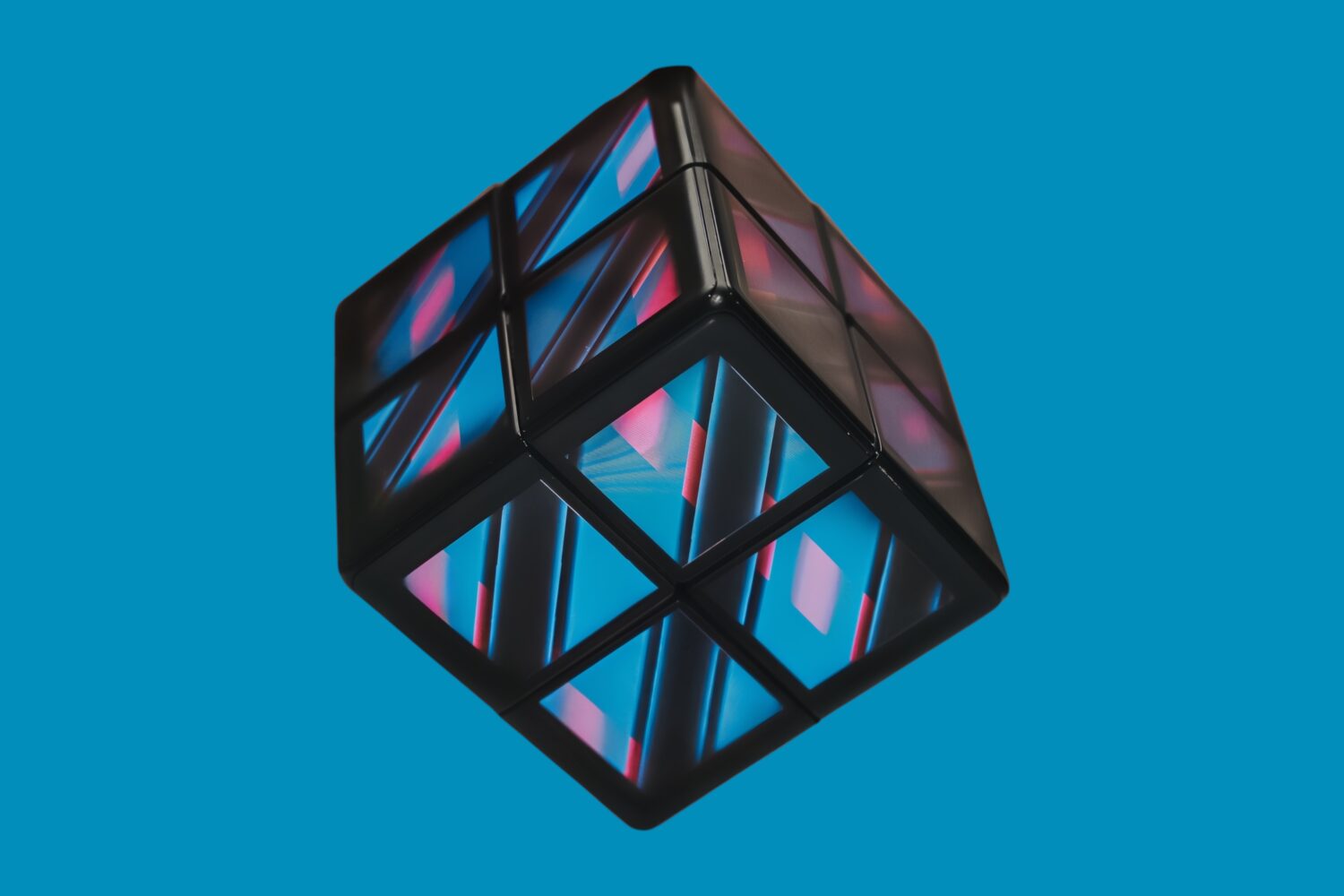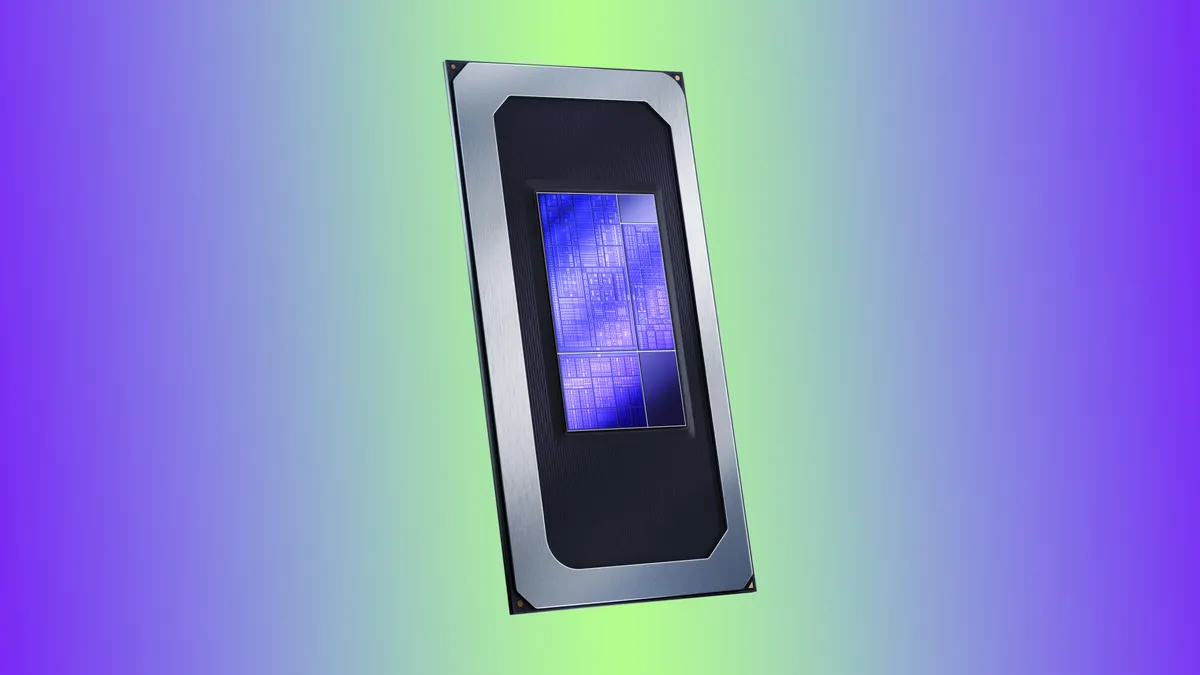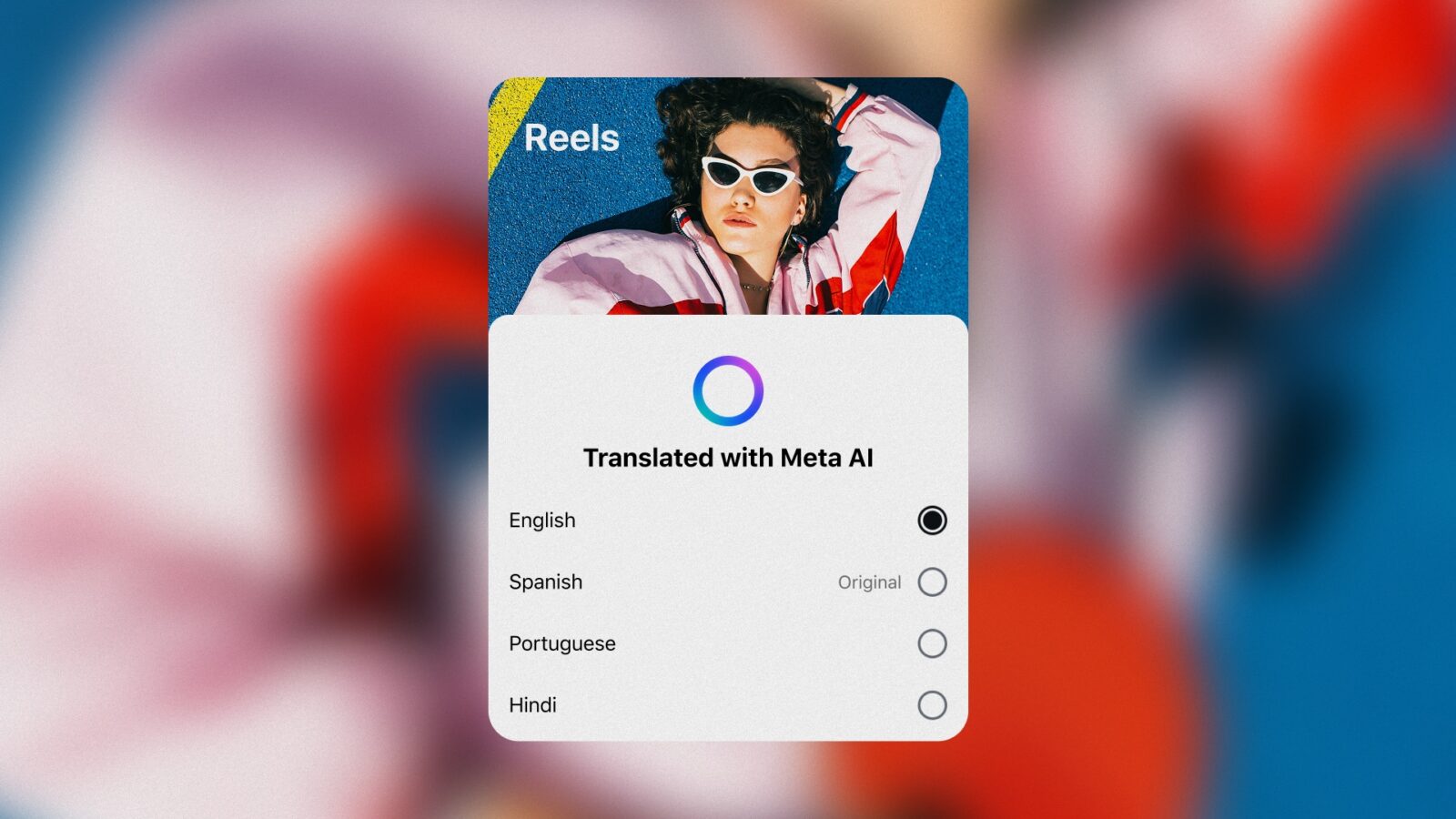NVIDIA has announced new integrations of its DLSS 4 and Reflex technologies across several major titles, including Battlefield 6, Little Nightmares III, and a new Fortnite event featuring the KPop Demon Hunters. The update highlights how AI-driven rendering and latency reduction tools continue to shape the next generation of PC gaming performance.
In Fortnite, the popular KPop Demon Hunters crossover introduces “Demon Rush,” a themed version of the Horde Rush mode where players face waves of enemies using new HUNTR/X gear and perk-based upgrades. On GeForce RTX hardware, NVIDIA DLSS boosts frame rates, while Reflex minimizes input lag for smoother, more responsive gameplay. According to NVIDIA, RTX 50 Series GPUs can reduce system latency by up to 54% in Fortnite’s Battle Royale mode, offering a more precise and fluid competitive experience.
Meanwhile, Battlefield 6, EA’s next major entry in its long-running shooter series, launches October 10 with full DLSS 4 support. The game features DLSS Frame Generation, Multi Frame Generation, DLAA, and NVIDIA Reflex, all aimed at improving both performance and responsiveness in its large-scale battles. At 4K resolution with settings maxed out, DLSS 4 can reportedly deliver up to a 3.8x increase in frame rates, enhancing the game’s mix of infantry combat, aerial dogfights, and destructible environments. NVIDIA recommends players install the latest GeForce Game Ready Driver ahead of release for optimal performance.
Also releasing October 10 is Little Nightmares III, developed by Supermassive Games and published by Bandai Namco. The sequel supports DLSS 4 with Multi Frame Generation and ray-traced effects, providing sharper visuals and higher performance for RTX users. A playable demo is already available for those eager to test the updated graphics features.
Looking ahead, ARC Raiders from Embark Studios arrives on October 30 with support for DLSS 4, Reflex, and RTX Global Illumination (RTXGI). The technology aims to deliver more realistic lighting and reduce latency for faster player reactions during its cooperative extraction gameplay.
Pearl Abyss’ open-world title Crimson Desert, scheduled for release on March 19, 2026, will also include DLSS 4 support, ensuring smoother performance in its expansive environments.
Additionally, MAVRIX by Matt Jones, a mountain biking title inspired by the sport’s freestyle roots, has been updated with DLSS Frame Generation and DLSS Super Resolution. Players can upgrade to NVIDIA’s latest AI-powered transformer model through the NVIDIA App’s DLSS overrides feature.
Together, these updates show NVIDIA’s continued effort to expand DLSS and Reflex support across diverse genres — from shooters and adventure games to sports and live-service titles — reinforcing the company’s central role in defining the technical standards for PC gaming.







